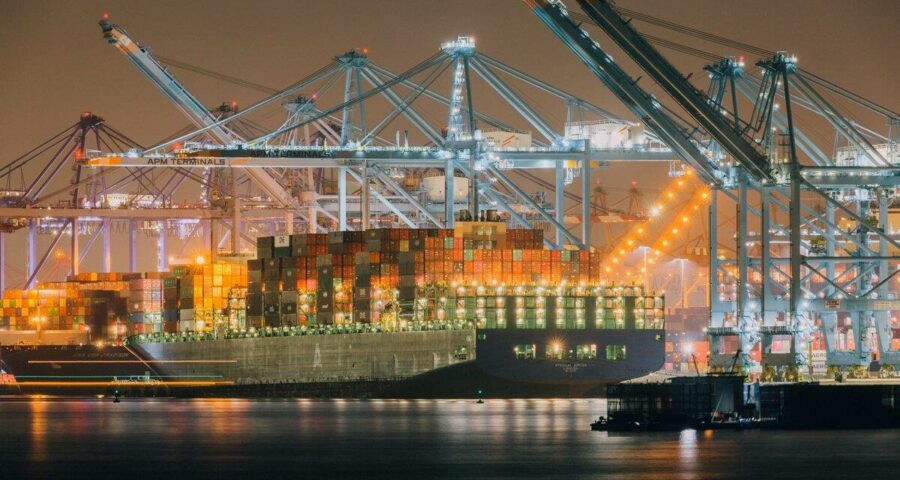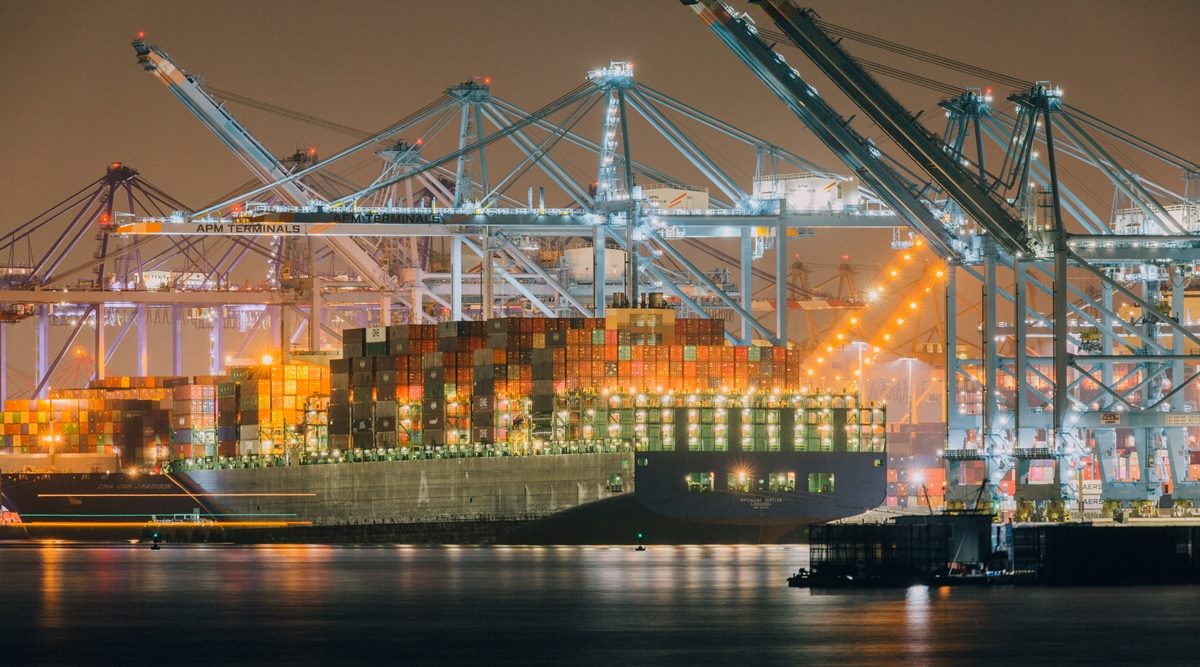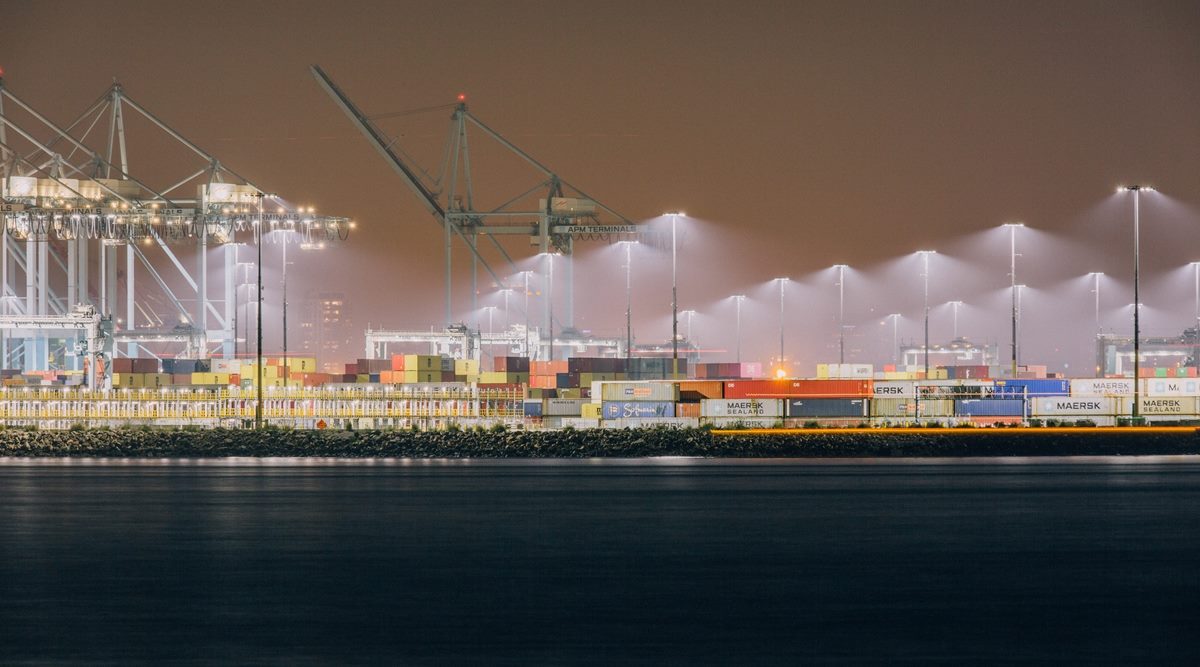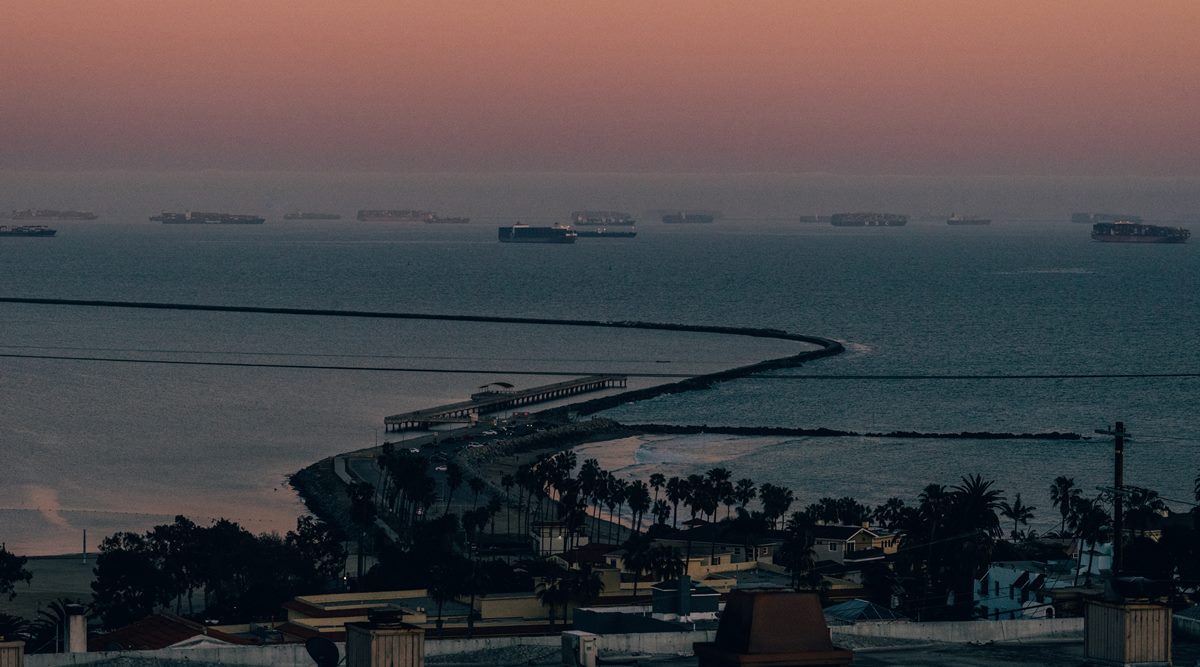Around the planet, the pandemic has disrupted trade to an extraordinary degree, driving up the cost of shipping goods and adding a fresh challenge to the global economic recovery.
Written by Peter S. Goodman, Alexandra Stevenson, Niraj Chokshi and Michael Corkery
Off the coast of Los Angeles, more than two dozen container ships filled with exercise bikes, electronics and other highly sought imports have been idling for as long as two weeks.
In Kansas City, farmers are struggling to ship soybeans to buyers in Asia. In China, furniture destined for North America piles up on factory floors.
Around the planet, the pandemic has disrupted trade to an extraordinary degree, driving up the cost of shipping goods and adding a fresh challenge to the global economic recovery. The virus has thrown off the choreography of moving cargo from one continent to another.
At the center of the storm is the shipping container, the workhorse of globalization.
Americans stuck in their homes have set off a surge of orders from factories in China, much of it carried across the Pacific in containers — the metal boxes that move goods in towering stacks atop enormous vessels. As households in the United States have filled bedrooms with office furniture and basements with treadmills, the demand for shipping has outstripped the availability of containers in Asia, yielding shortages there just as the boxes pile up at U.S. ports.
Containers that carried millions of masks to countries in Africa and South America early in the pandemic remain there, empty and uncollected, because shipping carriers have concentrated their vessels on their most popular routes — those linking North America and Europe to Asia.
And at ports where ships do call, bearing goods to unload, they are frequently stuck for days in floating traffic jams. The pandemic and its restrictions have limited the availability of dockworkers and truck drivers, causing delays in handling cargo from Southern California to Singapore. Every container that cannot be unloaded in one place is a container that cannot be loaded somewhere else.
“I’ve never seen anything like this,” said Lars Mikael Jensen, head of Global Ocean Network at A.P. Moller-Maersk, the world’s largest shipping company. “All the links in the supply chain are stretched. The ships, the trucks, the warehouses.”
Economies around the globe are absorbing the ripple effects of the disruption on the seas. Higher costs for transporting U.S. grain and soybeans across the Pacific threaten to increase food prices in Asia.
Empty containers are piled up at ports in Australia and New Zealand; containers are scarce at India’s port of Kolkata, forcing makers of electronics parts to truck their wares more than 1,000 miles west to the port of Mumbai, where the supply is better.
Rice exporters in Thailand, Vietnam and Cambodia are forgoing some shipments to North America because of the impossibility of securing containers.
The chaos on the seas has proved a bonanza for shipping companies like Maersk, which in February cited record-high freight prices in reporting more than $2.7 billion in pretax earnings in the last three months of 2020.
No one knows how long the upheaval will last, though some experts assume containers will remain scarce through the end of the year, as the factories that make them — nearly all of them in China — scramble to catch up with demand.
Since they were first deployed in 1956, containers have revolutionized trade by allowing goods to be packed into standard size receptacles and hoisted by cranes onto rail cars and trucks — effectively shrinking the globe.
Containers are how flat panel displays made in South Korea are moved to plants in China that assemble smartphones and laptops, and how those finished devices are shipped across the Pacific to the United States.
Any hitch means delay and extra cost for someone. The pandemic has disrupted every part of the journey.
“Everybody wants everything,” said Akhil Nair, vice president of global carrier management at SEKO Logistics in Hong Kong. “The infrastructure can’t keep up.”
The havoc begins like this
More than a decade ago, during the global financial crisis, shipping companies saw their businesses savaged.
As a mysterious virus emerged in China early last year — prompting the government to shut factories to contain its spread — the shipping industry braced for a replay. Carriers cut their services, idling many of their vessels.
Yet even amid the downturn, orders surged for protective gear like surgical masks and gowns used by frontline medical staff, much of it made in China. Chinese factories ramped up, and container ships carried their products to destinations around the planet.
Unlike the financial crisis, when the economic recovery took years to gather force, Chinese factories came roaring back in the second half of 2020, yielding robust demand for shipping.
As shipping companies deployed every vessel that could float, they concentrated on routes with the greatest demand — especially China to North America.
Pressure built as Americans refashioned their spending. Deprived of vacations and restaurant meals, they bought video game consoles and pastry mixers. They outfitted their homes for remote work and distance learning.
Exercise equipment shipped by container from Asia to North America more than doubled between September and November, compared with the same period a year earlier, according to analysis by Sea-Intelligence, a Copenhagen-based research company. Shipments of stoves, ranges and cooking equipment nearly doubled in that span. Disinfectants increased by more than 6,800%.
“All of the stuff that’s been growing has been basically pandemic induced,” said Alan Murphy, the research group’s founder.
Viewed broadly, the volume of global trade dipped by only 1% in 2020 compared with the previous year. But that doesn’t reflect how the year unfolded — with a plunge of more than 12% in April and May, followed by an equally dramatic reversal. The system could not adjust, leaving containers in the wrong places, and pushing shipping prices to extraordinary heights.
Peter Baum’s company in New York, Baum-Essex, uses factories in China and Southeast Asia to make umbrellas for Costco, cotton bags for Walmart and ceramics for Bed Bath & Beyond. Six months ago, he was paying about $2,500 to ship a 40-foot container to California.
“We just paid $67,000,” he said. “This is the highest freight rate that I have seen in 45 years in the business.”
Traffic backs up at California’s jammed ports
At the twin ports of Los Angeles and nearby Long Beach, unloading has been slowed by a dearth of dockworkers and truck drivers as the virus has sickened some while forcing others to quarantine.
“It is anticipated that the backlog in volume will remain until midsummer,” the director of the Los Angeles port, Gene Seroka, said at a recent board meeting.
The ships off Los Angeles have exhausted available anchorage spots, resorting to so-called drift boxes — zones where they float freely, like planes circling over congested airports.
Major consumer brands — from the sportswear-maker Under Armour to Hasbro, the game and toymaker — have been dealing with shipping bottlenecks.
Peloton points to port congestion as a factor behind its delays in delivering its high-end stationary bicycles. To shorten wait times, Peloton outlined plans to invest $100 million in air shipping and expedited ocean freight.
But even in normal times, airfreight is roughly eight times the cost of sea shipment. Most airfreight is carried in the cargo holds of passenger jets. With air travel severely constrained, so are available cargo slots.
Some shippers have rearranged their schedules, stopping off in Oakland, California, 400 miles to the north, before continuing to Los Angeles. But containers are stacked on ships in configurations set by their destinations. A sudden change in plans means moving the stacks around like a Jenga game.
No one knows how this ends
In recent weeks, shipping carriers have aggressively moved empty containers to Asia, increasing availability there, according to data from Container xChange, a consultant in Hamburg, Germany.
Some experts assume that as vaccinations increase and life returns to normal, Americans will again shift their spending — from goods back to experiences — reducing the need for containers.
But even as that happens, retailers will begin building up inventories for the holiday shopping binge.
The stimulus spending plan moving through Congress may generate hiring that could prompt another wave of buying, as previously jobless people replace aging appliances and add to their wardrobes.
“There could be a whole other subset of consumers out there that haven’t been able to consume,” said Michael Brown, a container analyst at KBW in New York. “You are potentially looking at some shortages for quite some time.”
Source: Read Full Article




